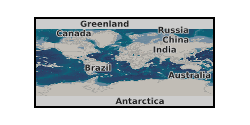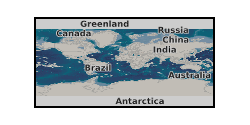Phosphorus
Type of resources
Topics
Keywords
Contact for the resource
Provided by
Years
Formats
Update frequencies
-

Table containing Fe speciation data, C isotope data, Total organic carbon contents, and Fe, Al, P, Mn and Sr elemental concentrations.
-

Geochemical data for the Huainan Basin include Fe speciation data; P speciation data; elemental Al, Fe, P, Mn, Sr data, total organic carbon; C isotope ratios of organic C and carbonates. Geochemical data for the Taoudeni Basin and the Anamikie Basin include Fe speciation data; P speciation data; and elemental P and total organic carbon analyses.
-

Isotope tracing data for 14C, 15N and 33P tracing between plants and symbiotic fungi in Lycopdiella inundata, Anthoceros and Phaeoceros sp. and Lunularia cruciata. All plants tested and traced in atmospheric CO2 conditions of 440 ppm [CO2] and 800 ppm [CO2]. Datasets includes total mass of plants and soils, Bq in each component of experimental systems and values in Bq and mg where appropriate.
 NERC Data Catalogue Service
NERC Data Catalogue Service